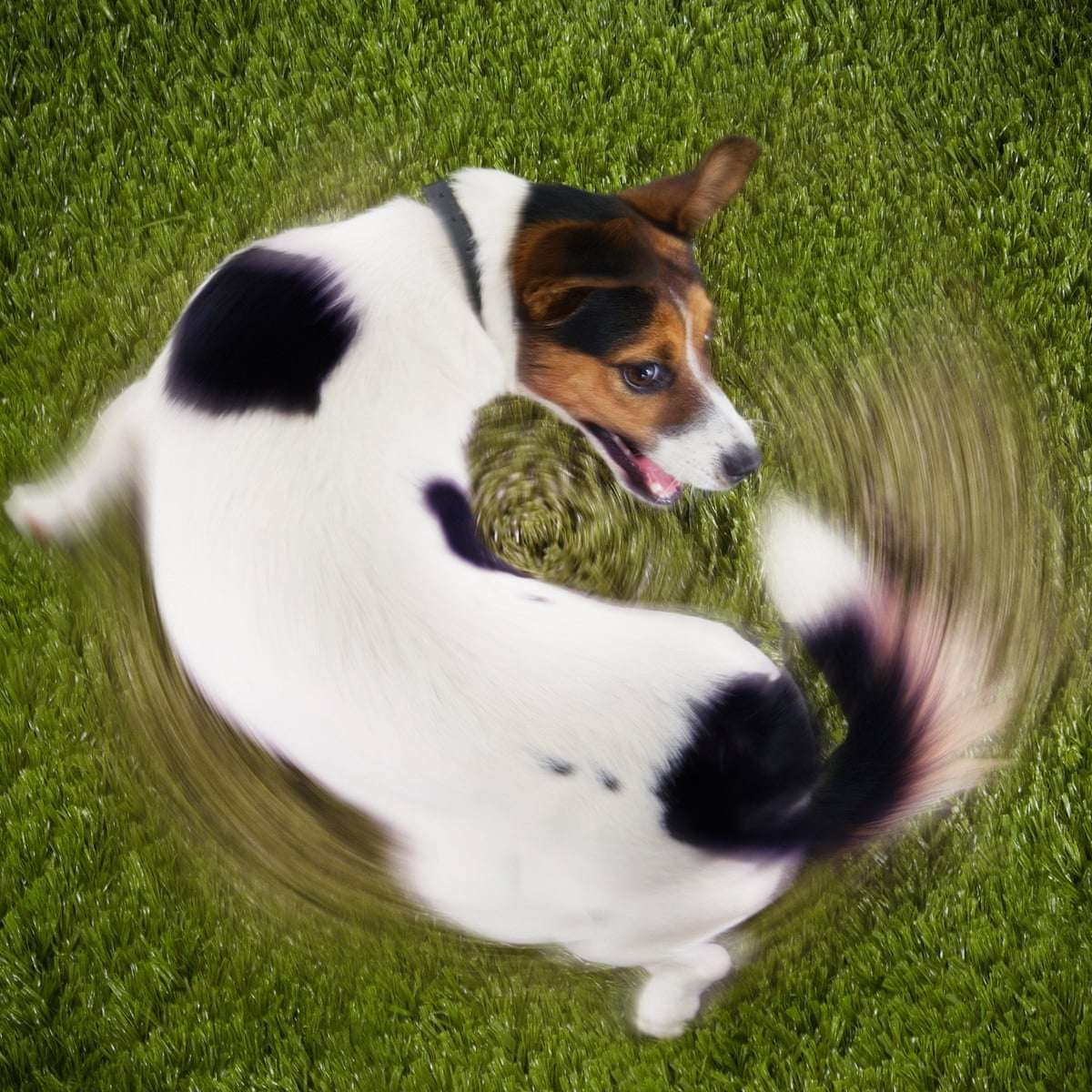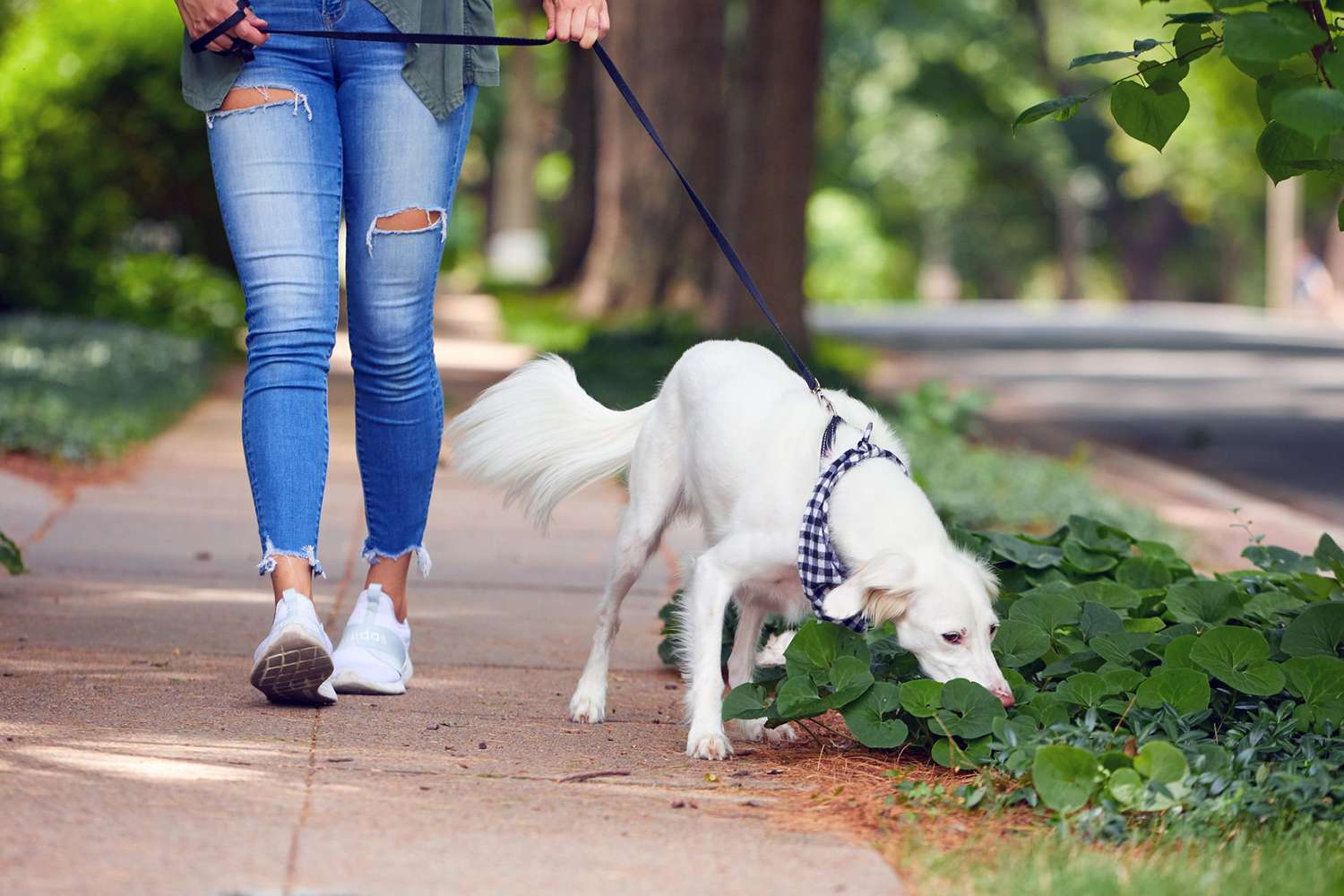Key Takeaways:
- Agility training is not limited to specific dog breeds, as almost any dog can participate and excel in this activity.
- Regular exercise and mental stimulation provided by agility training can significantly improve a dog's overall physical health and well-being.
- Agility training helps strengthen the bond between a dog and its owner, promoting better communication and trust.
- Participating in agility training can boost a dog's confidence and self-esteem, helping them overcome fears or anxieties they may have.
- Agility training provides an outlet for a dog's natural instincts, such as chasing, jumping, and navigating obstacles, allowing them to fulfill their innate desires.
Are you a dog lover who wants to take your furry friend's skills to the next level? Well, we have an exciting subject for you: agility training for dogs! Imagine the thrill of watching your canine companion gracefully navigate through obstacle courses, demonstrating their intelligence and athleticism. But here's the best part: almost any dog can excel in agility training. Yes, that's right! Regardless of breed or size, your four-legged friend has the potential to become an agility superstar. Understanding why this is possible will not only deepen your bond with your pet but also unlock a world of fun and fulfillment. So, let's dive into the fascinating world of dog agility training and discover how it can transform both you and your furry friend's lives forever. Get ready to witness feats that will leave you in awe!
What is agility training for dogs?
Agility training for dogs is a fun and exciting sport that involves teaching dogs to navigate through an obstacle course. The course typically includes jumps, tunnels, weave poles, and other challenging obstacles. Dogs are trained to complete the course as quickly and accurately as possible, guided by their handler's commands and signals.
Agility training provides mental and physical stimulation for dogs, helping them stay active and engaged. It also promotes a strong bond between the dog and their handler, as they work together to overcome obstacles. Agility training is often seen in competitive events where dogs compete against each other for the best time and accuracy.
The thrill of agility training
The thrill of agility training lies in the fast-paced nature of the sport. Dogs love the challenge of navigating through obstacles with speed and precision. It taps into their natural instincts, such as running, jumping, and problem-solving. The excitement of successfully completing an obstacle course can be incredibly rewarding for both the dog and their handler.
Benefits of agility training
- Physical exercise: Agility training provides dogs with a great workout that helps improve their strength, endurance, flexibility, and overall fitness level.
- Mental stimulation: The need to analyze the course and make split-second decisions keeps a dog's mind sharp and engaged.
- Bonding: Agility training strengthens the bond between a dog and their handler through teamwork and communication.
- Confidence building: Overcoming challenges on the agility course boosts a dog's confidence in themselves and their abilities.

The importance of agility training for dogs
Agility training is not just about having fun; it also plays a crucial role in a dog's overall well-being. Regular participation in agility training can have numerous positive effects on a dog's physical and mental health.
One of the key benefits of agility training is that it helps dogs stay fit and maintain a healthy weight. Obesity can lead to various health problems, such as joint issues, heart disease, and diabetes. By engaging in agility exercises, dogs burn calories and build muscle, contributing to their overall fitness.
Physical health benefits
Agility training offers several physical health benefits for dogs:
- Improved cardiovascular health: The fast-paced nature of agility courses gets a dog's heart pumping, improving their cardiovascular fitness.
- Increased strength and flexibility: Jumping over hurdles, weaving through poles, and navigating tunnels helps dogs develop stronger muscles and improve their flexibility.
- Better coordination and balance: Agility training requires precise movements, which enhance a dog's coordination skills and balance.
Mental health benefits
In addition to physical benefits, agility training also has positive effects on a dog's mental well-being:
- Reduced boredom: Dogs thrive on mental stimulation, and agility training provides them with an exciting challenge that keeps them mentally engaged.
- Decreased anxiety: Engaging in regular exercise releases endorphins that help reduce stress levels and alleviate anxiety in dogs.
- Enhanced focus and concentration: Agility training requires dogs to pay attention to their handler's cues while navigating obstacles, improving their focus and concentration skills.

How agility training benefits a dog's physical health
Agility training is not only a fun activity for dogs, but it also offers numerous benefits for their physical health. When dogs participate in agility training, they engage in various exercises that help improve their strength, endurance, and flexibility. For example, jumping over hurdles or weaving through poles requires the dog to use their muscles and joints, which helps build their overall strength. Additionally, running through tunnels or climbing ramps helps improve their cardiovascular fitness and stamina.
Moreover, agility training can also contribute to weight management for dogs. Regular participation in agility exercises can help burn calories and maintain a healthy body weight. This is especially important for dogs who are prone to obesity or those who need to shed some extra pounds. By engaging in agility training, dogs can keep their bodies fit and reduce the risk of developing health issues associated with being overweight.
In summary, agility training provides a holistic approach to improving a dog's physical health. It targets different aspects such as strength, endurance, flexibility, and weight management. By incorporating regular agility exercises into a dog's routine, owners can ensure that their furry friends stay active and maintain optimal physical well-being.
Can any dog participate in agility training?
While agility training may seem like an activity reserved for certain breeds or sizes of dogs, the truth is that almost any dog can participate in this exciting sport. Agility training is more about the individual dog's temperament and willingness to learn rather than breed-specific traits. Whether your furry companion is a small Chihuahua or a large German Shepherd, they can enjoy the benefits of agility training.
However, it is essential to consider certain factors before starting agility training with your dog. Firstly, age plays a significant role as puppies are still growing and developing their bones and joints. It is generally recommended to wait until your dog reaches at least one year old before introducing them to agility training. Secondly, the dog's overall health should be assessed by a veterinarian to ensure they are physically capable of participating in such activities.
Additionally, it is crucial to remember that not all dogs may excel in agility training. Some dogs may have limitations due to their size or physical conditions. However, with proper guidance and training techniques tailored to their individual needs, most dogs can still participate and enjoy agility exercises at their own pace.
In conclusion, while any dog can potentially participate in agility training, factors such as age, health, and individual capabilities should be considered. It is important to consult with professionals and assess your dog's suitability before embarking on this exciting journey together.
Skills needed for starting agility training
Before diving into agility training with your furry friend, there are a few essential skills that both you and your dog should possess. These skills will help create a strong foundation for successful agility training sessions.
Firstly, basic obedience commands are crucial. Your dog should be familiar with commands such as "sit," "stay," "come," and "heel." These commands form the basis of communication between you and your dog during agility exercises. They ensure that your dog understands and follows instructions promptly.
Secondly, leash walking skills are essential for control and safety during agility training. Your dog should be comfortable walking on a leash without pulling or becoming overly excited. This skill helps maintain focus and prevents any potential accidents or distractions during training sessions.
Furthermore, it is beneficial for both you and your dog to have good physical fitness levels. Agility training involves running alongside your dog, demonstrating certain movements, and being actively engaged throughout the session. Building up stamina through regular exercise will enable you to keep up with your energetic companion during the training process.
Lastly, patience and positive reinforcement are key attributes for successful agility training. Dogs thrive on praise and rewards when learning new skills. By using positive reinforcement techniques, such as treats or verbal praise, you can motivate and encourage your dog to perform agility exercises with enthusiasm.
In summary, basic obedience commands, leash walking skills, physical fitness, and patience are essential skills needed for starting agility training. By ensuring both you and your dog possess these skills, you can lay a solid foundation for a rewarding and enjoyable agility journey together.
Improving mental stimulation through agility training
Agility training not only benefits a dog's physical health but also provides significant mental stimulation. Dogs are intelligent creatures that require mental exercise to keep their minds sharp and engaged. Agility training offers an excellent opportunity to challenge their cognitive abilities while having fun.
Engaging in agility exercises requires dogs to navigate obstacle courses, remember sequences of actions, and make split-second decisions. This mental stimulation helps improve their problem-solving skills and enhances their overall cognitive function. It keeps their minds active and prevents boredom or destructive behaviors that can arise from a lack of mental stimulation.
Moreover, agility training promotes better focus and concentration in dogs. The fast-paced nature of the sport demands attention to detail and quick decision-making. Dogs learn to listen to cues from their handlers, follow instructions accurately, and stay focused on the task at hand. These skills translate into improved focus in other areas of their lives as well.
Additionally, participating in agility training strengthens the bond between dogs and their owners. The collaborative nature of the sport requires teamwork and effective communication between the two. As dogs learn to trust their handlers' guidance and rely on them for direction, a deeper connection is formed based on mutual understanding and cooperation.
In conclusion, agility training offers valuable mental stimulation for dogs by challenging their cognitive abilities, improving focus, concentration, problem-solving skills, and strengthening the bond with their owners. By incorporating this mentally stimulating activity into your dog's routine, you can provide them with an outlet for intellectual growth while enjoying quality time together.
Teaching dogs agility skills: steps and techniques
Teaching your dog agility skills involves a step-by-step process that gradually introduces them to the various obstacles and exercises involved in the sport. Here is a simplified breakdown of the training process:
1. Foundation Training: Start by reinforcing basic obedience commands such as "sit," "stay," and "come." This establishes a strong foundation for communication and control during agility training.
2. Introduction to Obstacles: Introduce your dog to individual agility obstacles one at a time. Begin with simple ones like tunnels or low jumps. Use positive reinforcement techniques, such as treats or praise, to encourage your dog to approach and navigate each obstacle successfully.
3. Sequencing Exercises: Once your dog is comfortable with individual obstacles, start combining them into short sequences. For example, have your dog go through a tunnel, followed by a jump. Gradually increase the complexity of the sequences as your dog becomes more confident.
4. Handling Techniques: Learn and practice handling techniques that involve directing your dog through the course effectively. These techniques include cues such as body language, hand signals, and verbal commands. Consistency in using these cues will help your dog understand what is expected of them.
5. Practice and Refinement: Regularly practice agility exercises with your dog to reinforce their skills and build their confidence. Set up different courses or join local agility clubs where you can train under expert guidance.
Remember to keep training sessions short, fun, and positive for both you and your dog. Break down each skill into manageable steps, celebrate small achievements along the way, and always end on a positive note.
In summary, teaching dogs agility skills involves building a solid foundation through obedience training, introducing individual obstacles gradually, combining them into sequences, learning handling techniques, practicing regularly, and maintaining a positive training environment. With patience, consistency, and dedication from both you and your furry friend, you can embark on a rewarding journey of agility training.
In conclusion, almost any dog can participate in agility training. With proper guidance, patience, and practice, dogs of all breeds and sizes can enjoy the benefits of agility training and become skilled in this exciting sport. So, don't hesitate to give it a try with your furry friend!
Can any dog breed do agility?
Almost all dogs can participate in agility to some extent, but there are definitely breeds that excel in this sport. Whether you plan on competing nationally or simply practicing in your own backyard, having a dog that is well-suited for agility will greatly enhance your experience.
Is my dog ready for agility training?
It is recommended that your dog is at least 12-18 months old before participating in a full agility course. Agility is a sport that involves high-impact movements, and dogs who have not been properly trained to navigate obstacles can be at risk of slipping, falling, and permanently injuring themselves. It is important not to rush your young puppy into attempting obstacles.
Can a nervous dog do agility?
Teaching your anxious dog agility skills has numerous benefits, such as boosting their confidence and redirecting their attention towards you instead of their surroundings. However, it is important to approach it with patience and perseverance.
Can reactive dogs do agility?
Agility is frequently suggested for dogs that are reactive, anxious, or fearful, and I somewhat grasp the concept behind it. The concept is that it allows the dog to divert its attention to something enjoyable instead of the anxiety or triggers that cause reactivity. Moreover, it can boost the dog's confidence when practiced within its comfort zone.
Can non AKC dogs compete in agility?
The AKC provides a range of dog sports for participants, such as agility. All breeds and mixed breeds that are eligible for AKC registration are welcome to participate, although mixed breeds must be spayed or neutered. Generally, purebred dogs of non-AKC recognized breeds cannot compete.
What are faults in dog agility?
Various mistakes can lead to a fault in dog agility, such as entering the weave poles incorrectly, skipping a pole, not placing a foot in the designated "contact zone" while navigating an obstacle like the seesaw, or completing the obstacles in the wrong sequence.

















